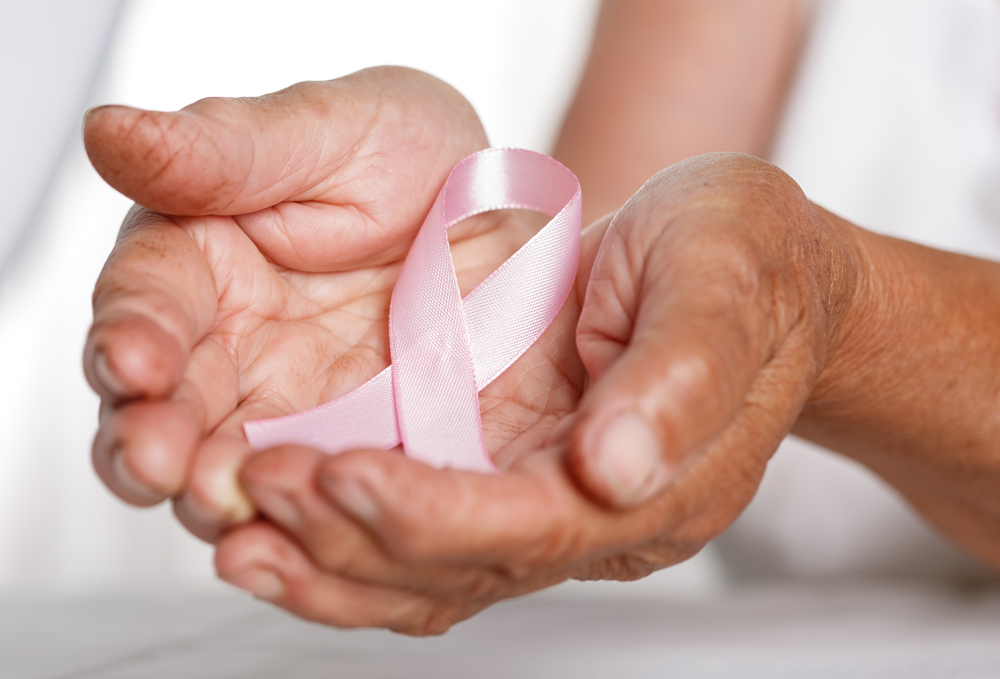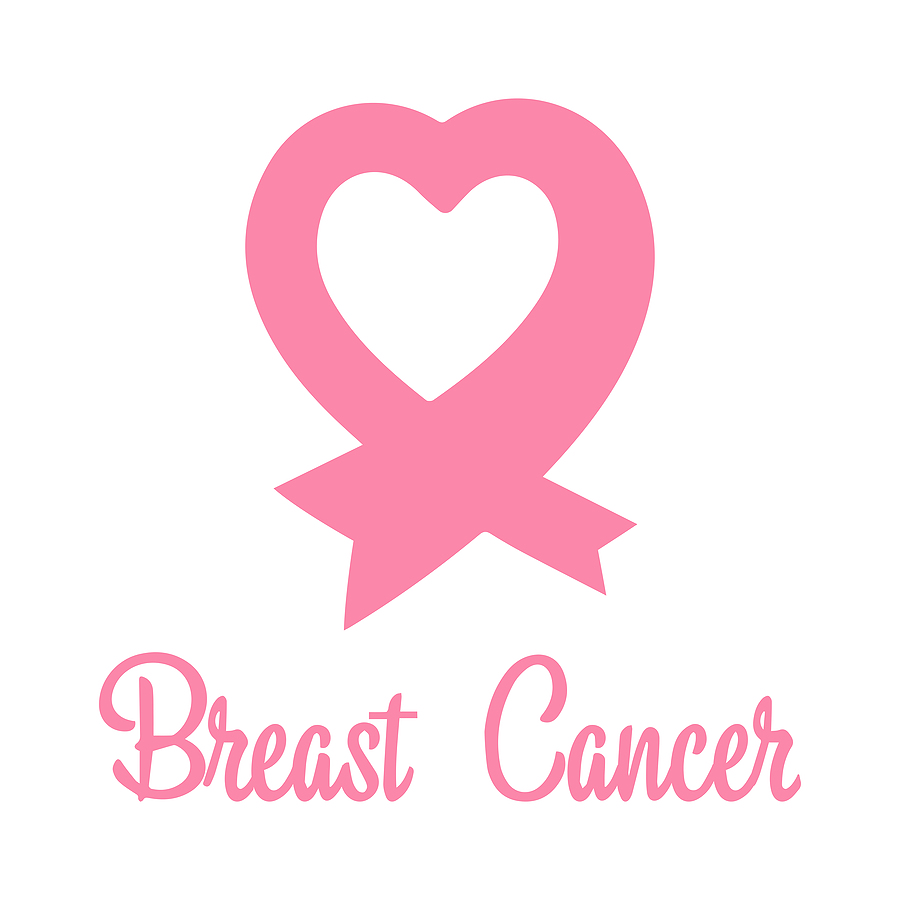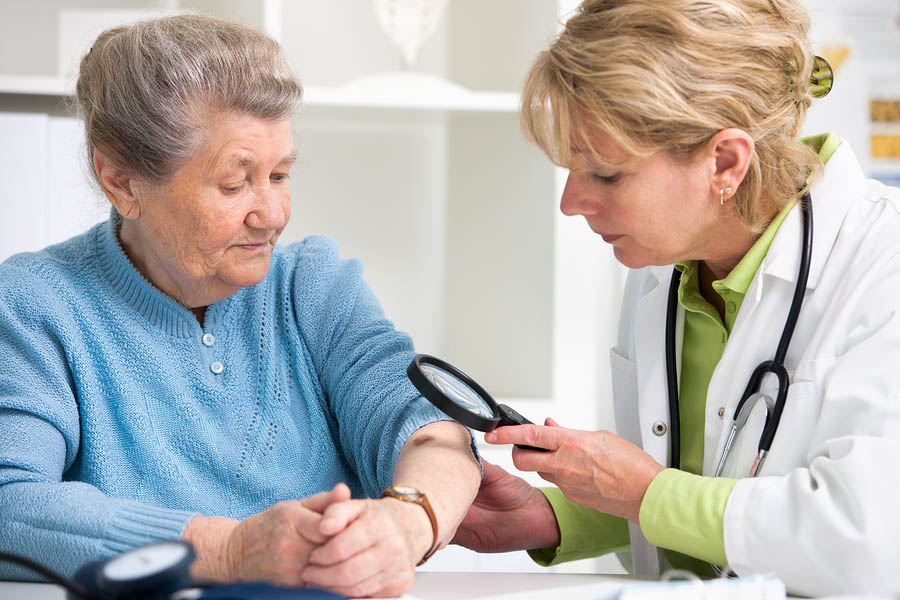Breast Cancer in the Elderly
Category:

As we age, our risk for certain health conditions, such as breast cancer, increases. This is especially true for older women, where more than one-third of female breast cancers are diagnosed in patients over the age of 70. Understanding the challenges and characteristics of breast cancer in seniors is crucial for early detection and effective treatment. In this blog, we will discuss some important facts and tips related to breast cancer in older women.
Breast Cancer Early Detection and Diagnosis in Seniors
Early detection is the greatest protection. However, The indicators of early-stage breast cancer in elderly women are often missed, or underdiagnosed. If you notice any of the following signs or symptoms, contact your doctor for an assessment and consultation:
- Itching in your breast accompanied by a warm sensation.
- A lump or thickening in the breast, or armpit.
- Swelling and/or redness around your collarbone.
- A noticeable difference in the shape of your nipple or a discharge from the nipple.
- Soreness or tenderness in the breast or under the arm.
These early warning signs are significant and should always be checked by your healthcare provider as soon as you notice them. The best chance for survival and the chance to live a normal and healthy life after treatment is to watch for the signs and begin the journey to recovery as soon as possible
Is Breast Cancer Less Aggressive in the Elderly?
That is a question frequently asked by the patient or a family member as the treatment plan is being developed, as breast cancer treatment options for elderly patients are not always as intensive as treatment plans designed for younger breast cancer patients.
Most breast cancers in the 65 and older age group are hormone positive (or hormone receptor positive). This type of cancer is usually less aggressive and slower to grow and spread than other types of breast cancer.
If cancer is discovered early, surgery is usually the first line of defense. A mastectomy isn’t always necessary if a lumpectomy can be successfully performed. A lumpectomy is usually successful if the tumor is less than 2 centimeters in diameter. Surgery usually eliminates the need for harsh, lengthy, or even toxic chemotherapy treatments.
Download Our FREE Breast Cancer Guide for Seniors
What is the Survival Rate for Elderly Patients with Breast Cancer?
With the advances that have been made in the treatment of breast cancer, most patients, including the elderly, who are diagnosed with breast cancer survive. Since most breast cancer cases in elderly patients are hormone receptor positive, it is slow growing. Factors such as limited social support, quality of life, transportation limitations, dementia, Alzheimer’s Disease, and the patient’s concerns regarding a limited life expectancy must also be considered.
What is the Prognosis of Breast Cancer in Elderly Patients?
The management of breast cancer in elderly patients is usually determined by the patient’s overall health at the time of diagnosis. Surgery, radiation, and chemotherapy can be hard on a patient who is already dealing with other comorbidities and health problems.
Whether your treatment plan includes surgery, radiation, or even chemotherapy, conditions such as heart disease, diabetes, chronic obstructive pulmonary disease, Parkinson’s disease, chronic kidney disease, other types of cancer, osteoporosis, and any conditions that weaken the immune system must be analyzed before aggressive cancer therapies can be recommended or prescribed. Once a complete analysis has been completed, the patient and doctor can look at the treatment options that are best suited to each individual patient.
Subscribe
Date: December 7, 2023
Category:

